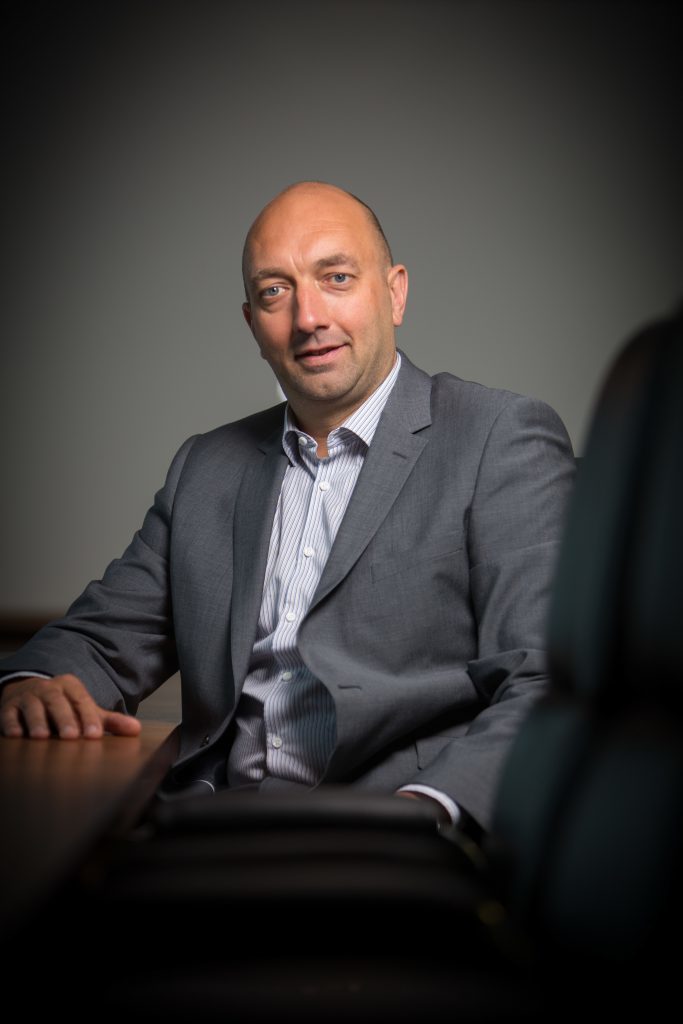
The subsea industry is having to find its footing without the usual base of steady drilling, according to industry veteran Neil Saunders.
Mr Saunders is the president and chief executive of oilfield equipment at Baker Hughes, a GE company (BHGE). He has seen a distinct split emerge within his subsea business unit as a result of the downturn.
“There’s quite an interesting difference if I look at my subsea drilling business and I look at our subsea production business,” he said.
“With subsea drilling we still find it tough. The number of floaters out there remains fairly flat. The amount of new exploration is still relatively flat. Having said that, on the assets and projects that we all know and can list there feels like some positivity.
“In hindsight, in ’16 and ’17 a lot of those projects from a tendering standpoint were effectively recycled – made to look economic. Credit to the segment, you can now see projects can be made to work. Who would have thought Statoil would get Johan Castberg at the threshold they refer to?”
Mr Saunders said: “Whilst on the drilling side you would say it’s still flat. The amount of exploration looking for new subsea deepwater assets is still a little bit concerning, but on the development and projects sides it’s positive. We had 83 trees in ’16, nudging 200 trees ordered in ’17 and we see a credible path with FIDs of north of 200 trees being ordered in ’18.”
However, he added: “We would feel a lot better if everyone was picking up rigs and going out and shooting for new targets.”
At the beginning of the downturn, Mr Saunders said: “There was some curiosity as to why everybody wasn’t picking a rig up because drilling costs have gone down.”
But what has been made clearer is the discipline the majors have adhered to in their spending.
“They’re not going to pivot or show a lack of discipline and change simply because they have taken a different view to what Brent is doing, to their credit,” he said.
“They’re going to hold the course and explore where they said they’re going to explore. I don’t think we will see a huge pick-up of rigs simply because we’re seeing an oil price we all feel is better than it was a year ago.”
Mr Saunders has since re-aligned his business to cater to emerging needs, compensating for the lack of exploration.
“What it means for us, is that in 2013 when we’re building and delivering subsea blowout preventers (BOPs) in to the Korean yards for drillships that still seems some way off,” he said.
“Also what it means for our subsea drilling business is that we’ve almost reinvented ourselves as a service business. We were traditionally an equipment business that was designing and putting a BOP on a rig, and not really servicing it practically, because that would become part of the rig plan and be maintained by the drilling operator.
“You fast forward to where we are today and you look at the commercial models we have. Now we are invested in our stack that is on the rig, typically maintaining it in a way that we haven’t done before.
“That whole business I have there now is now learning what it takes to be a service company instead of just an equipment company. It’s a big change inside the business.”
They are providing that new service to drilling heavyweights Diamond and Transocean.
Looking ahead, he said: “The expectation is that it remains tough for the drilling team. There’s no question about that. We expect to see some growth in subsea production. That’s going to help us compensate.”
His business is experiencing growth in the both the Middle East and North America in the segment.
In the UK North Sea, progress is slower.
“We need something to happen in the UK subsea that represents us moving the needle,” he said.
“Something has to give, has to unlock. There’s opportunity there and innovative thinking around commercial models. But still, a lot of it is more or less on desks and not quite in the water yet.”
Recommended for you
